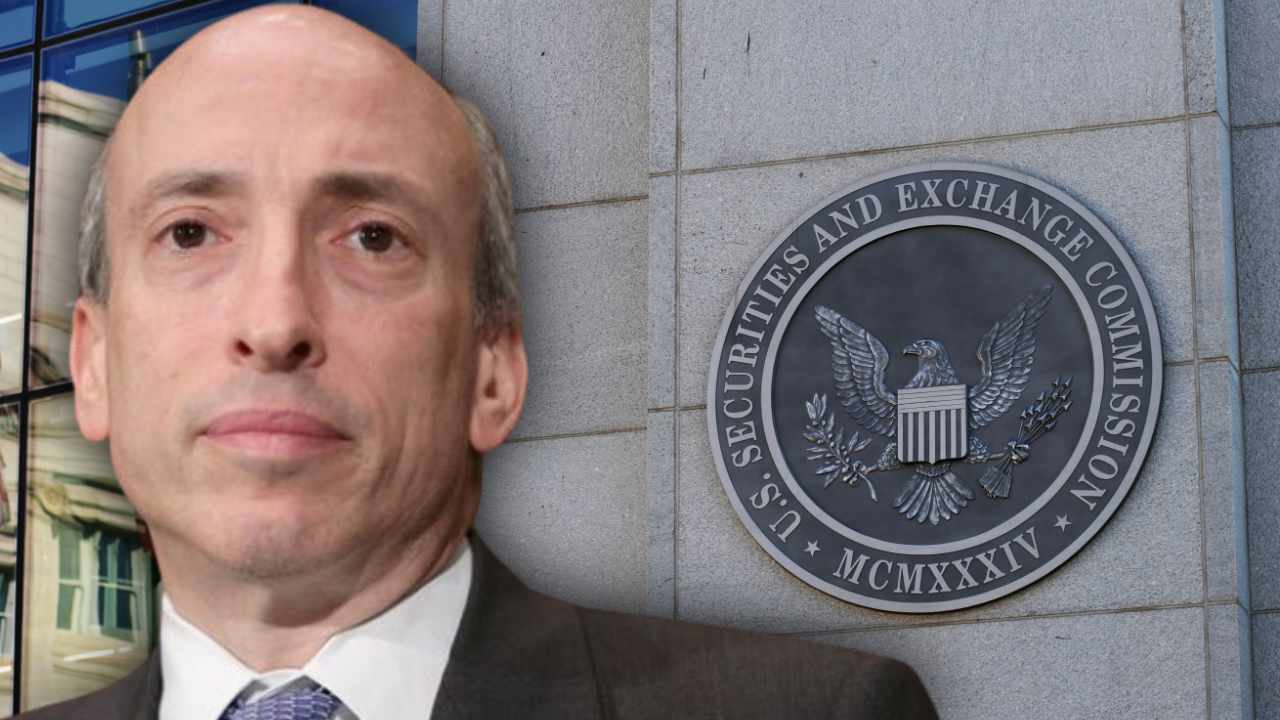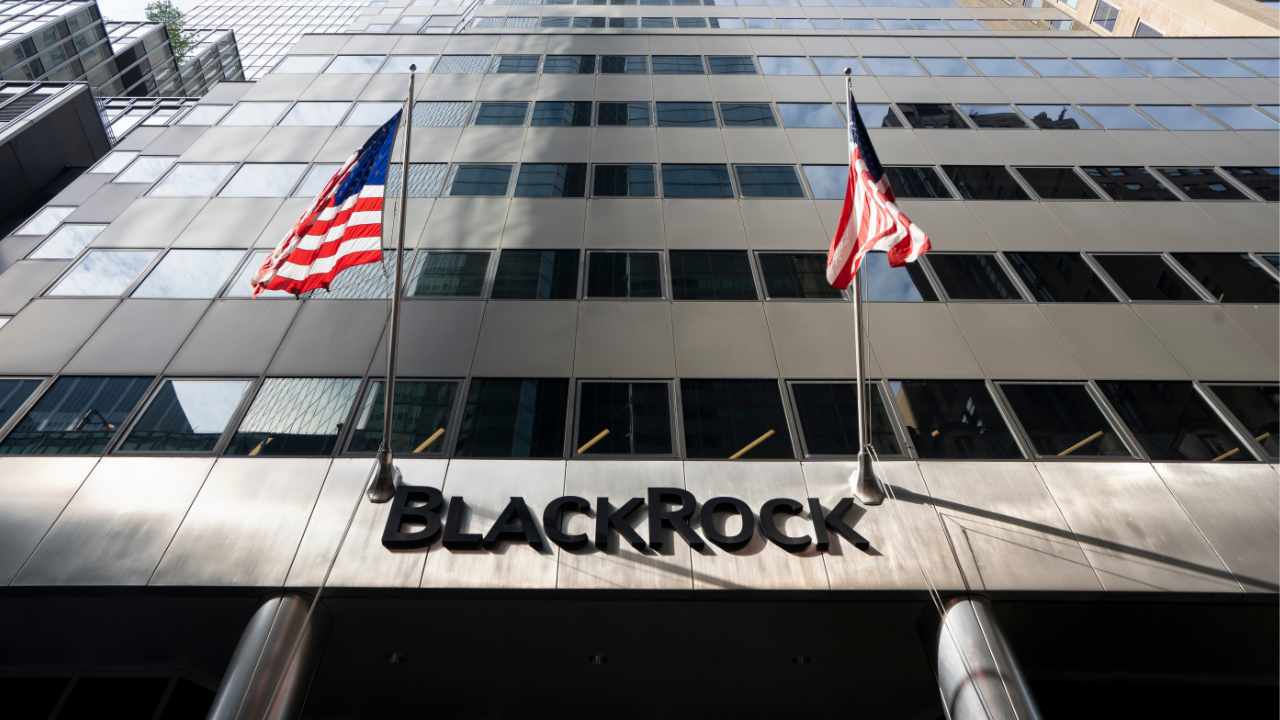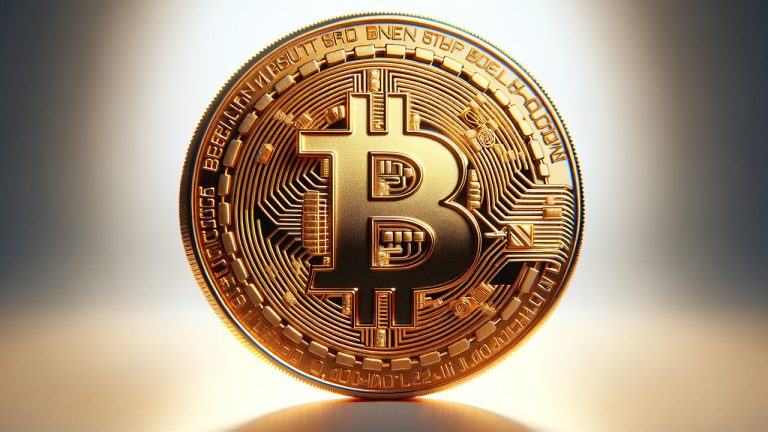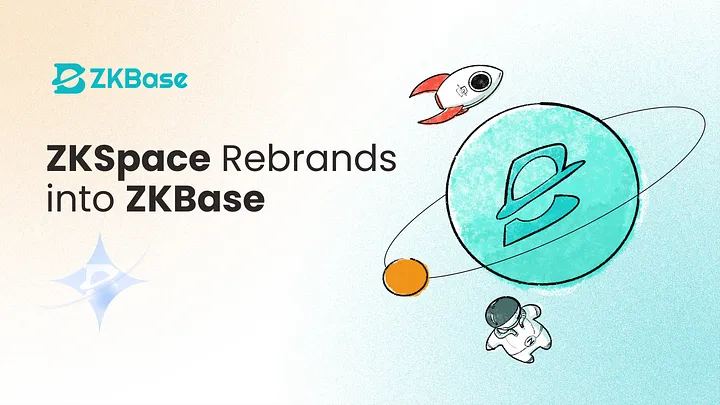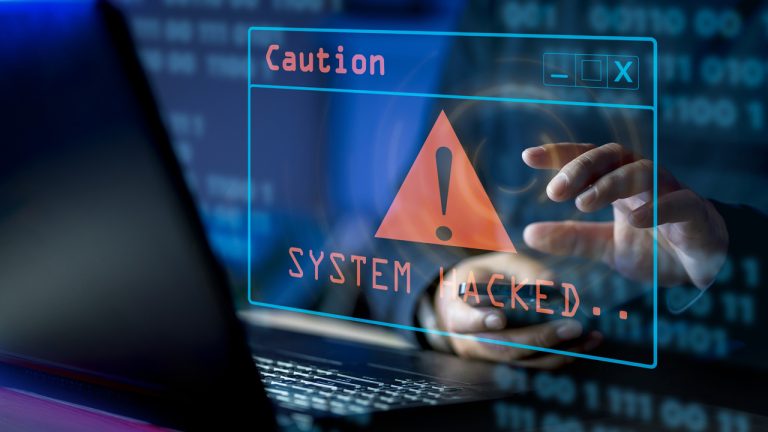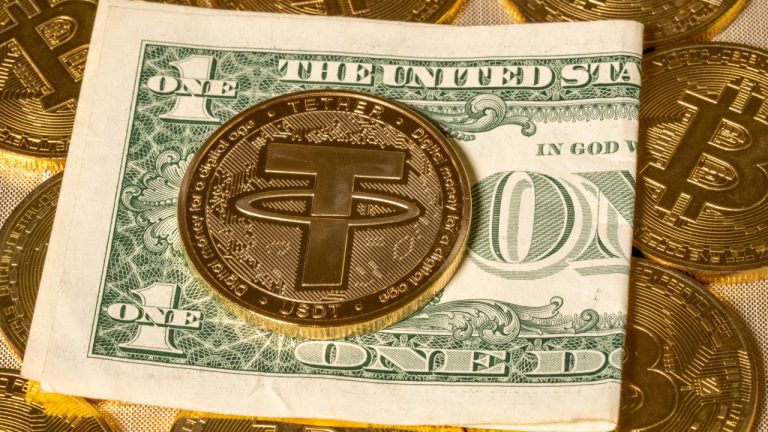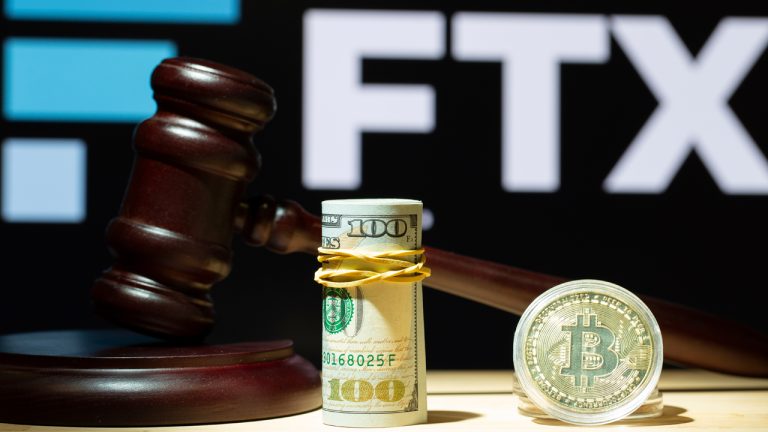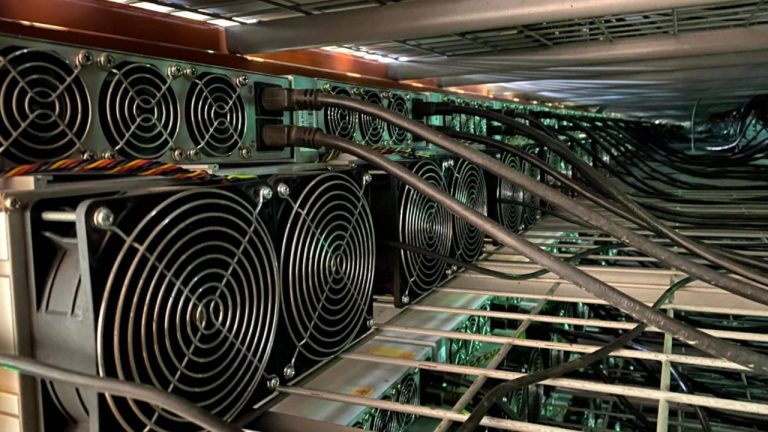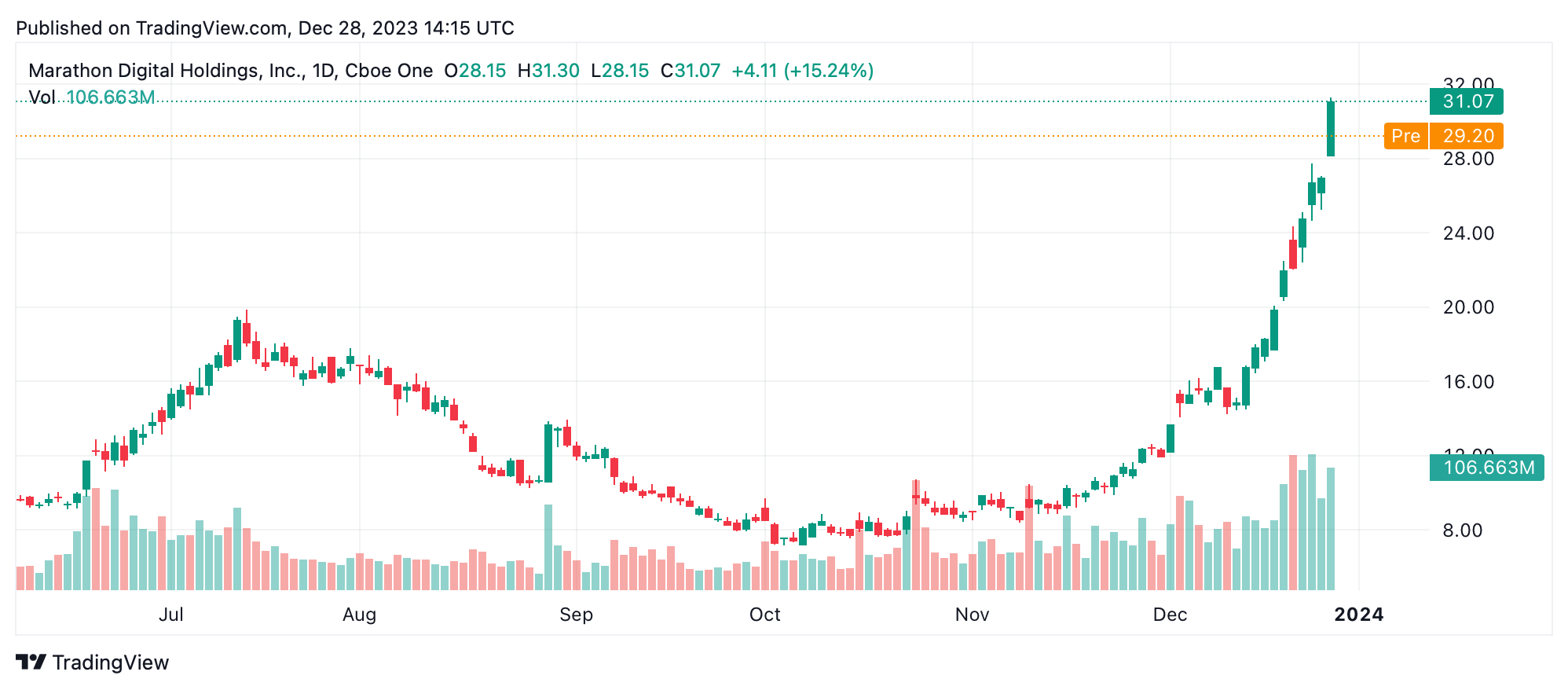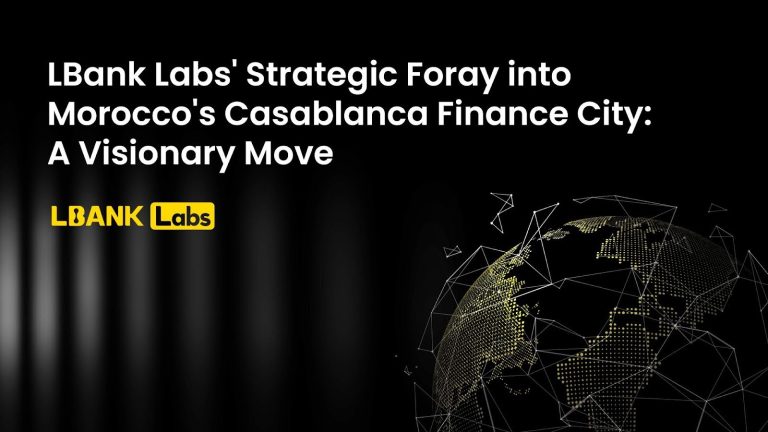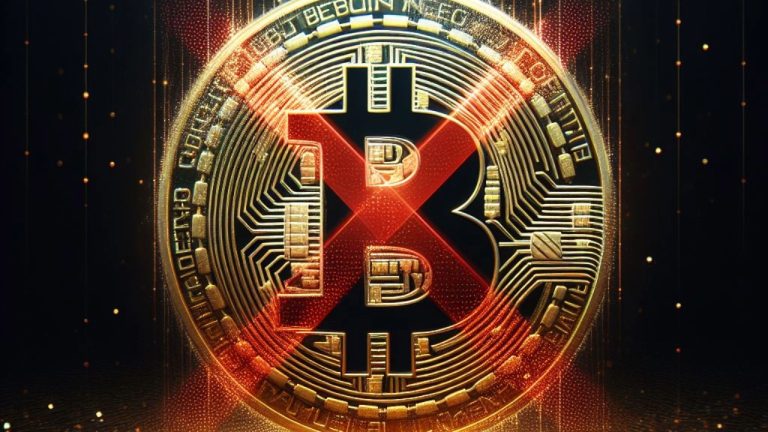
The U.S. Securities and Exchange Commission’s expected approval of bitcoin exchange-traded funds and Nigeria’s lifting of a directive which excluded the crypto industry from the banking ecosystem are expected to help revive African users’ interest in crypto. The Bitcoin halving event, which is expected to occur sometime in April 2024, will again prove to be pivotal in setting the top crypto asset’s trajectory in 2024.
Nigeria’s New Stance on Crypto Bodes Well for Africa
After experiencing a rocky first half of the year punctuated with startup failures and increased regulator scrutiny, the African crypto and blockchain industry looks poised to start 2024 with renewed hopes and expectations. And nowhere else on the African continent is this renewed optimism more profound than in Nigeria.
Since the removal of the former governor of the Central Bank of Nigeria (CBN), Godwin Emefiele, sometime in June, the central bank’s new boss, Olayemi Cardoso, has taken on a more conciliatory approach and dropped some of his predecessor’s most controversial policies. From the devaluation of the local currency to the removal of restrictions on the use of foreign currency, the CBN has steadily moved away from the Emefiele-era regulations.
However, the most significant decision yet made by the CBN under Cardoso’s stewardship has to be the recent lifting of the February 2021 crypto asset-related restrictions. Many Nigerian crypto and blockchain influencers, including Ophi Rume, the executive secretary of the Stakeholders in Blockchain Technology Association of Nigeria (SIBAN), agree that the central bank’s Dec. 22 move already counts as one of the year’s best moments, not just for the West African nation but the whole continent.
“My best moment is the removal of the ban on cryptocurrency transactions from the bank by the Central Bank of Nigeria. The ban has discouraged innovators from other parts of Africa from seeing Nigeria as an opportunity despite its huge young population and interest in the crypto space. It’s a win for Africa because many African countries look to Nigeria as the big brother in terms of emerging technologies like cryptocurrency and blockchain,” Rume said.
Southern African Countries Seize the Initiative in 2023
In Kenya, East Africa’s largest economy and one of the continent’s top five crypto markets, the crackdown on Worldcoin is seen as the crypto industry’s lowest point in this region. As widely reported by Bitcoin.com News, national security concerns were some of the reasons used by Kenyan authorities to justify the freezing of Worldcoin’s activities in the country.
However, by mid-December, the government’s tune had seemingly changed after a report suggested that Worldcoin would be allowed to resume its activities in early 2024. On the regulation front, the Kenyan parliament finally took steps which would enable the country’s revenue collection agency to tax the country’s reported 4.5 million crypto holders.
In South Africa, one of Africa’s biggest crypto markets, authorities have taken steps to establish a regulatory framework for virtual asset service providers (VASPs). By the end of November, over 90 entities had submitted their applications for licenses to operate a VASP, culminating in this effort.
Angola’s passage of crypto law towards the end of the year is another important milestone seen going a long way in revitalizing the optimism of both users and prospective service providers. In May, Zimbabwe’s central bank launched Africa’s first and only gold-backed digital currency, marking another key moment in the region.
Bitcoin Halving and the ETF Mania
Despite these being key moments for the industry in Africa, many players in the space see the now seemingly inevitable approval of spot Bitcoin exchange-traded funds (ETFs) by the U.S. Securities and Exchange Commission (SEC) as the key moment that is likely to kickstart another bull run and the subsequent wave of capital inflows.
Shaheer Karrim, the co-founder of Mzansi Web3 ICP Hub, however, believes that while the approval of the ETFs is likely to be seen as an achievement, any benefits of this are likely to be short-lived. Karrim also added that he foresees high-level institutions like Blackrock seeking to control the narrative or the top crypto asset itself.
Concerning spot bitcoin ETFs’ likely impact on Africa, Karrim said:
“For African users, there will be a trickle-down effect as we usually see with African countries taking the lead from the West. With more countries adopting the crypto, it will create more interest in the underlying technology.”
Meanwhile, another influencer, Ivaibi Festo, the founder of Mitroplus Labs, said he also agrees with the assertion that spot bitcoin ETFs will most likely set the tone for the new year. Nevertheless, Festo is confident that the Bitcoin halving event, which is expected to occur sometime in April 2024, will again prove to be pivotal in setting the top crypto asset’s trajectory in 2024.
“My self I think this coming bull run is going to be by far bigger and better than any other we have had in the past across all aspects. It’s going to affect a lot of incomes and value distributions across the world. If anyone should be conscious about what is about to happen in the international monetary system, this is the time,” Festo said.
Nathaniel Luz, an author and the founder of Flincap, believes the approval of bitcoin ETFs is not only going to bring legitimacy to the crypto industry but will also help it restore users’ trust. According to Luz, the collapse of FTX and Luna were some of the confidence-sapping events which plagued the industry for much of the year.
The Flipcap founder, however, rejected the assertion that ordinary African crypto users are particularly interested in the SEC’s approval of the ETFs.
“The average guy is not interested in the technicalities of the SEC’s approval of spot bitcoin ETFs. What they are more interested in is the ambience created by the approval. Everybody wants to be in a positively booming and blooming market. Another aspect of the approval that interests African crypto users is the fact that regulations in most first-world countries, especially the US, usually impact the regulations made in other countries,” Luz insisted.
Register your email here to get a weekly update on African news sent to your inbox:
What are your thoughts on this story? Let us know what you think in the comments section below.
via
Terence Zimwara




